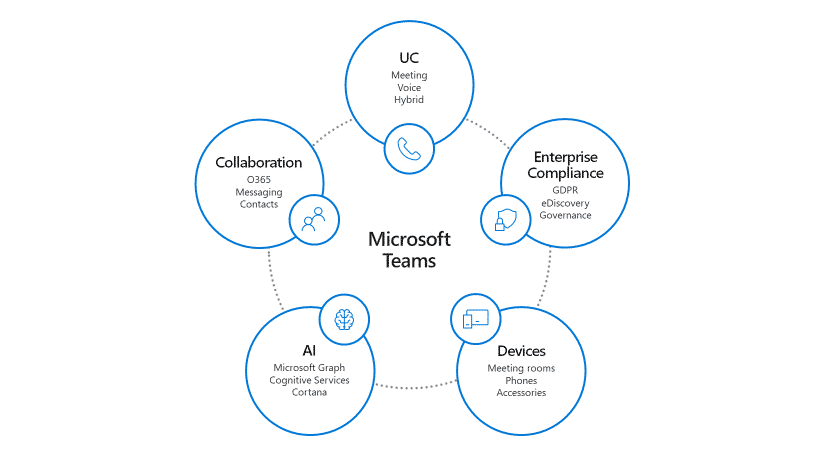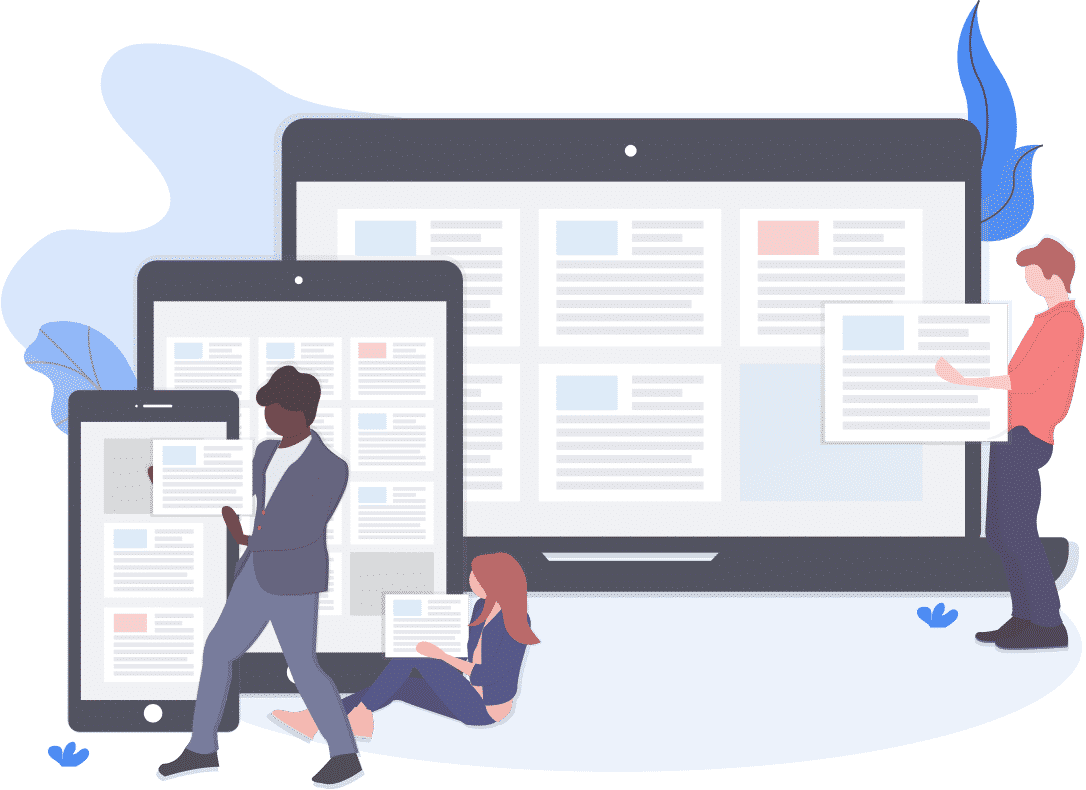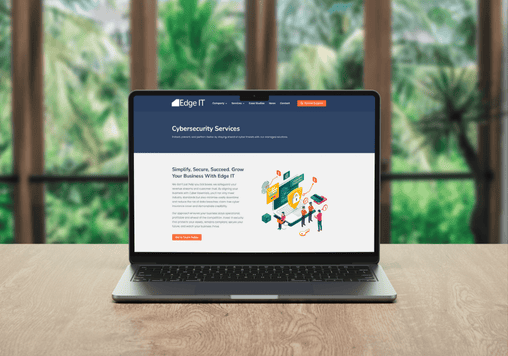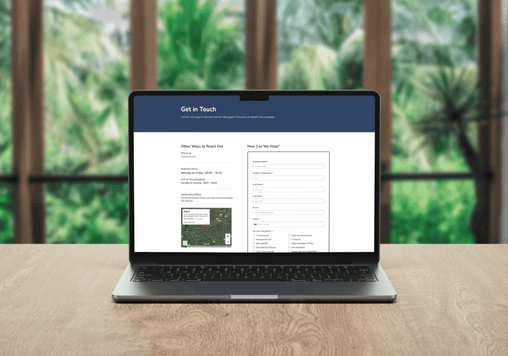Workplace 2.0 is no longer a futuristic concept confined to the innovation section of popular business magazines, but a real, thriving endeavour backed by new digital technologies. It seeks to change the way employees work together in fundamental ways and is needed more than ever, thanks to changes in the labour force and global markets.
The Need For A Workplace 2.0
The need for a new kind of workplace is becoming more evident with each passing year. The top driver is employee expectations. Millennials and younger generations want more from their work than just a paycheck at the end of the month. They want purpose, passion and compassion to permeate what they do on a daily basis and need to feel needed, respected and cherished by the companies they serve.
Also pushing firms toward a workplace 2.0 is the growing skills gap. Companies require technology that can circumvent the need for skills that may not be available at a price that they can afford. It’s the job of technology to step in and take over where a lack of skills is a problem.
Related to the skills gap is the increasingly globalised and fragmented workforce. Businesses often have to search far and wide to find the people they need to facilitate their operations, with searching for talent overseas not uncommon. Digital transformation and new technologies provide enterprises with the adaptable and flexible tools they need to manage employees in distant locations, far from the central office.
Finally, cybersecurity issues are making the “business threat environment” more complicated. Unlike in the past when it was easier for managers and CEOs to conceptualise the threats that their businesses faced, today, with the rise of sophisticated digital techniques, it’s far more difficult. Workplace 2.0 utilises a combination of systems which function autonomously in the background, protecting workers and businesses from the online threats that they face, while automatically updating to counter new dangers.
Although there is no single, overarching solution which can yield a workplace 2.0, world-leading technology companies, like Microsoft, are starting to offer products which can take companies part of the way towards their workplace transformation goals. Microsoft, for instance, is working on products that promise to provide collaborative tools, productivity-enhancing features, and exceptional security, all without the need for companies to hire specialists.
What Is Microsoft 365?
Microsoft has gone from strength to strength under the leadership of Satya Nadella since he took over the reins from Steve Ballmer back in 2014. The company is transforming itself from a consumer-first to a business-first company, focusing on integrated solutions that it hopes will usher in a new wave of productivity and changes in working practices. Just over a year ago, it released its flagship business product called Microsoft 365, designed to move companies in the direction of workplace 2.0.
There is some confusion, however, about what Microsoft 365 is, so it’s worth explaining. In essence, Microsoft 365 is a bundle of IT and security services that companies pay for on a rolling monthly basis which facilitate all kinds of business operations, from word processing to security. Included in the bundle is Office 365, a subscription service that gives companies access to all of Microsoft’s Office products (Word, Powerpoint, Excel etc.), Windows 10 Enterprise version, and the company’s Enterprise Mobility and Security product.
It’s important to note that Microsoft 365 isn’t just a bunch of existing products wrapped up into a single, simple monthly subscription service. It’s also overlaid with a sprinkling of the company’s AI magic, giving business customers additional functionality that helps to improve their word processing, team planning and OS experience. To give you an idea of what that looks like in practice, Microsoft now offers business customers additional, machine learning-driven, spelling and grammar correction. The software is sophisticated enough to discern proper grammar in idiosyncratic settings, based on common uses of phrases elsewhere in its database (or the internet for that matter). Customers get a more true-to-life grammar correction facility, helping to improve marketing content, email writing, documents, and reports.
Microsoft Teams
Microsoft Teams is a product which Microsoft hopes will help deliver better teamwork across organisations. Part of the transformation from workplace 1.0 to workplace 2.0, according to the tech giant, is a movement away from a “me-centric” culture to a “we-centric” culture. The team, not the individual, is fast becoming the unit of production, and so companies need to introduce tools that allow people to work together more effectively.
Microsoft Teams is the company’s response for businesses who want to streamline team performance and get more done with the resources that they have available. Perhaps the leading feature of Microsoft Teams is that ability to bring people together. Available in over 40 languages, Teams allows both businesses and freelance networks to discuss issues through chat services, video calling, shared file storage, and collaborative content creation tools (including Office products). The product integrates with over 140 apps (like Adobe and Evernote) and offers additional security features to protect company data. In short, Teams is a one-stop-shop for all your digital collaboration needs, couched in a secure and stable cloud-based environment. No need to set up servers: no expensive maintenance required. And no more emails. Well, that’s the idea at least.
AI-Powered Events
Microsoft 365 is a product that understands that people in your organisation might not be located in the same physical office – or even in an office at all. But it still recognises the importance of education and human interactions in any business setting.
One of the most exciting features of the product is AI-enhanced events. Not only does the product allow you to watch presentations by colleague live (so long as you’ve got a camera set up), but it enhances the experience with a range of useful features designed to save viewers’ time and help them find the content they need. AI, for instance, automatically performs speech-to-text transcription (negating the need for expensive human typists), and a transcript search feature, which allows users to find the information they need in a video just as quickly as they can when searching regular text.
The events feature in Microsoft 365 is enabling workplace 2.0 in other ways too, such as by automatically labelling videos with presenter names using facial recognition software and using closed captions to help those who might not be able to hear.
Analytics
As we discussed earlier, millennials and younger generations want a higher quality experience while at work. No longer are workers happy to sit in cubicles all day long, fiddling about with spreadsheets to get a paycheck at the end of the month. They want their work to complement their life, not oppose it.
Microsoft knows this, which is why it’s built a range of features into Microsoft 365 that it hopes will improve teamwork and work-life balance. Microsoft is developing “nudges,” an AI-powered facility which reminds people when they’re sending emails to others after hours and when they might need to take a break. It uses insights from MyAnalytics to remind people automatically, hoping that it will help organisations develop a culture which respects the importance of time out.
The Digital Canvas
Go to any modern startup, and you’ll see flip-charts and whiteboards all over the place, covered in notes and ideas. Microsoft wants to bring these tools into the digital realm because of the increasing fragmentation of company workforces. The Microsoft Whiteboard is just one of the tools that the company is developing so that people can meet virtually, share ideas, and communicate essential concepts that are difficult through text or voice alone.
Company education may also stand to benefit. In fact, Microsoft has a Microsoft 365 product which it targets at educators called Microsoft 365 Education, owing to the collaborative opportunities the platform provides. Teaching employees new concepts remotely should be easier than it was in the past. Microsoft 365 provides the tools needed for companies to thrive in a fast-moving digital age, with the perfect technology tools to enable better working from home becomes more intuitive.
Enabling A Multi-Device Experience
While the mobile revolution offered some advantages over traditional working practices, it was never a full solution for a fragmented workforce. In the past, workers often had to have two devices: one personal and one corporate, adding to company costs.
But with Microsoft 365, this may be a thing of the past. Thanks to centralised IT and the Azure Active Directory, employees can switch between personal and corporate devices, as and when they please, without the usual security issues associated with such policies. Microsoft says that the working environment now travels with the individual, rather than the device, meaning that the device is relegated to secondary importance. It’s the individual’s access that matters – as it should be.
The hope is that this will improve user experience. People will be able to pick up their work, no matter where they are, regardless of the device that they choose to use.
In Conclusion
In conclusion, Microsoft 365 and Microsoft Teams offer business customers an important stepping stone to achieving “workplace 2.0.” Thanks to a range of features, it is now far easier to manage employees remotely, use digital tools to improve workplace cultures, and negate the need for specific, in-demand technical IT skills to be provided in-house.
Edge IT Can Help
Edge IT Can Help
Technology should empower your business, not hold it back. We provide proactive IT support, robust cybersecurity, and seamless solutions to keep your organisation secure and running smoothly. Get in touch today and let’s strengthen your IT for a smarter, safer future.
Edge IT Can Help
Technology should empower your business, not hold it back. We provide proactive IT support, robust cybersecurity, and seamless solutions to keep your organisation secure and running smoothly.
Get in touch today and let’s strengthen your IT for a smarter, safer future.





